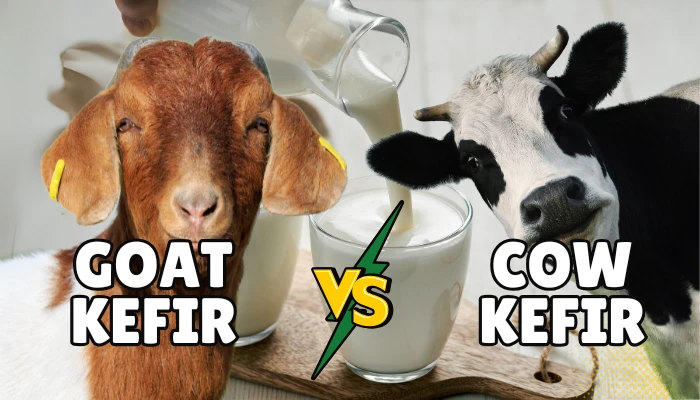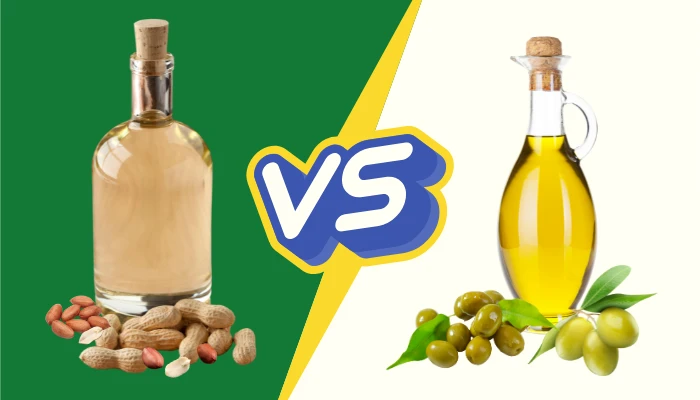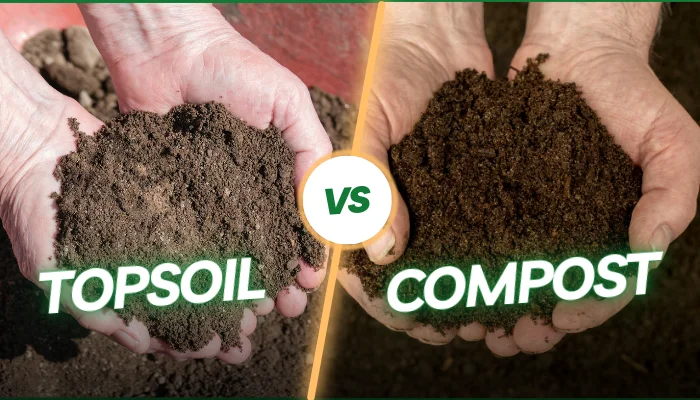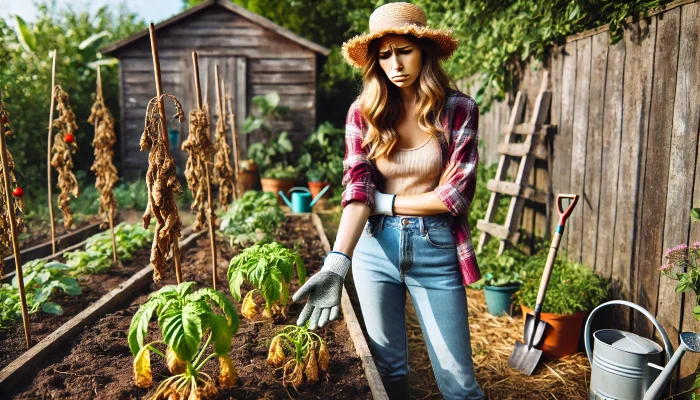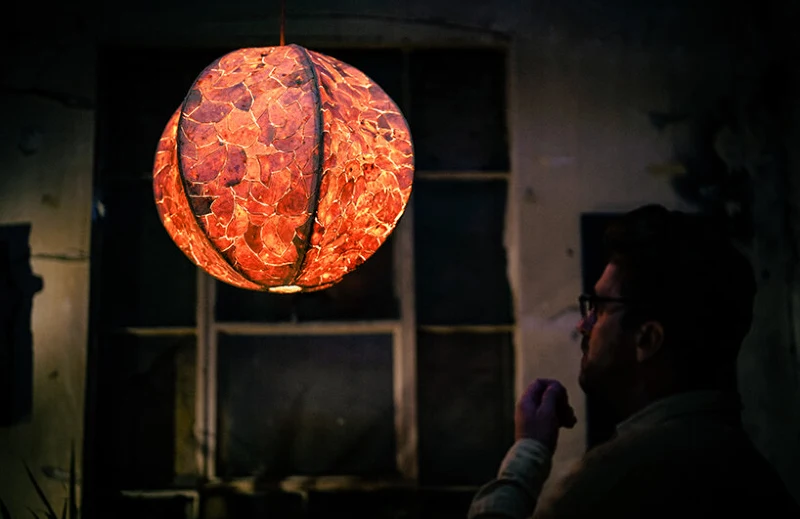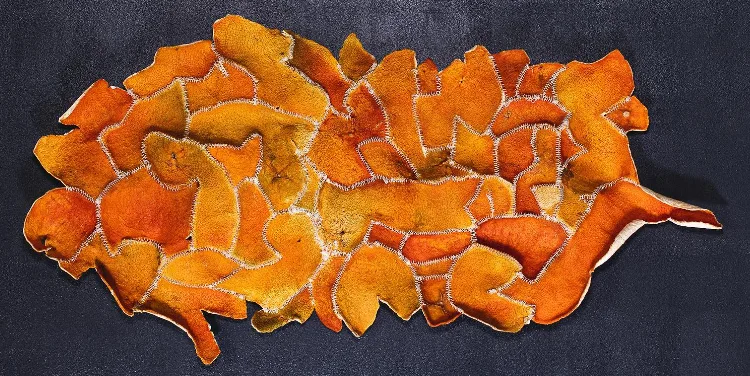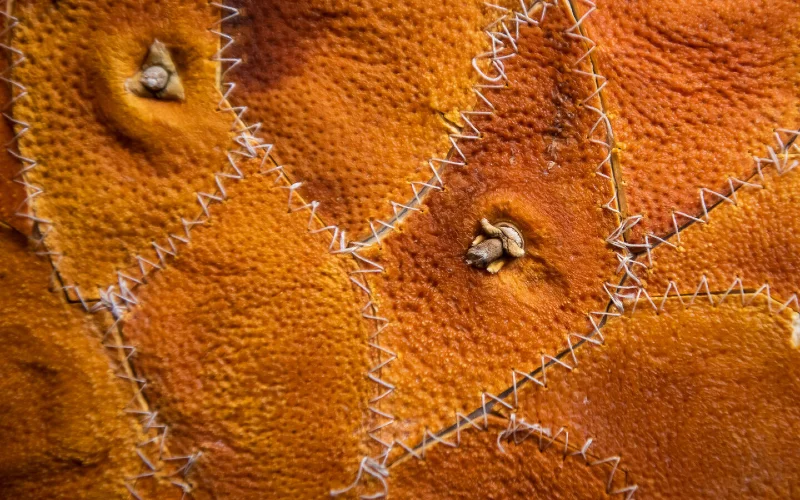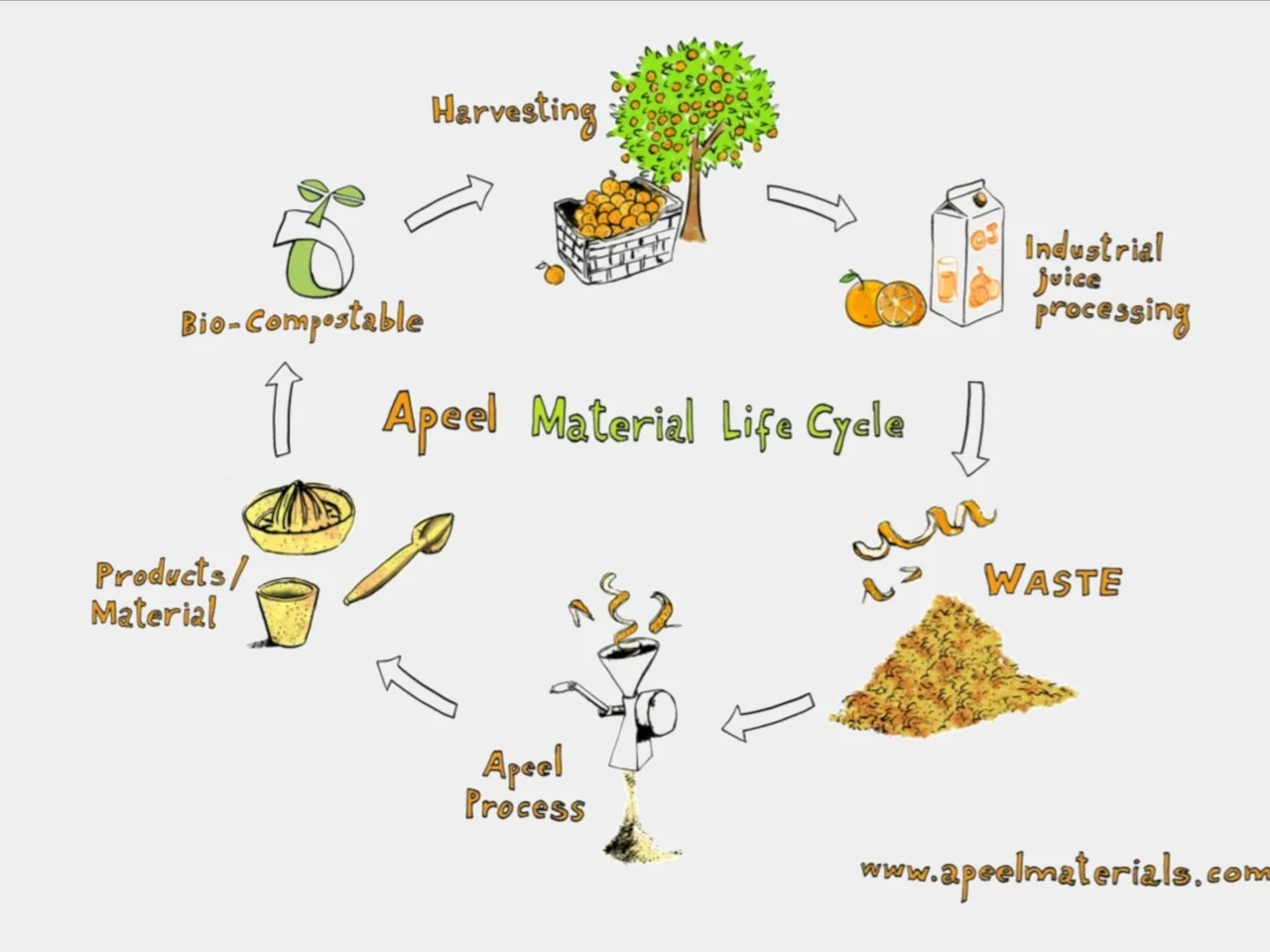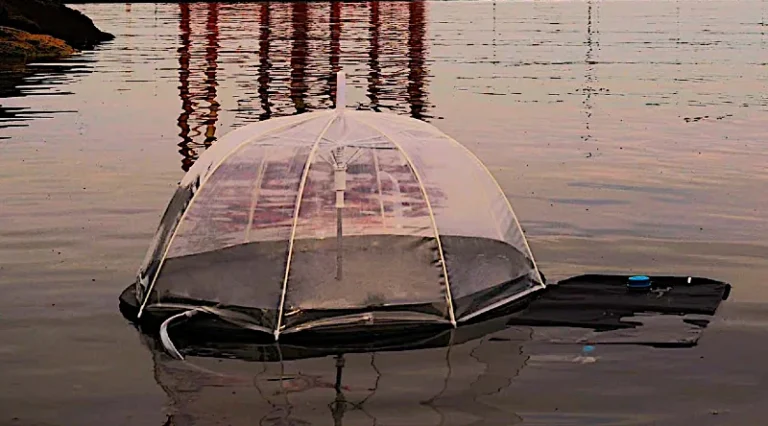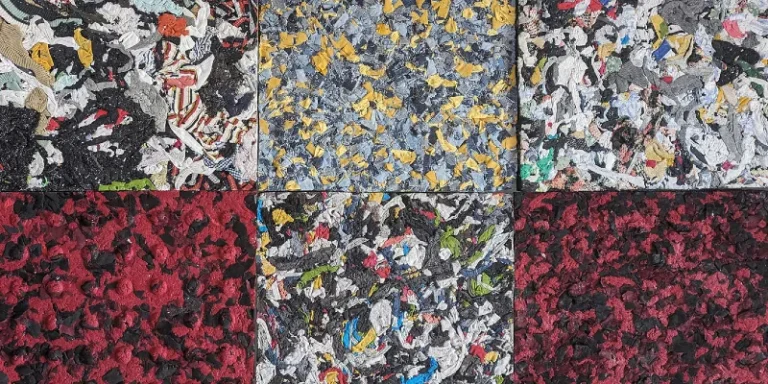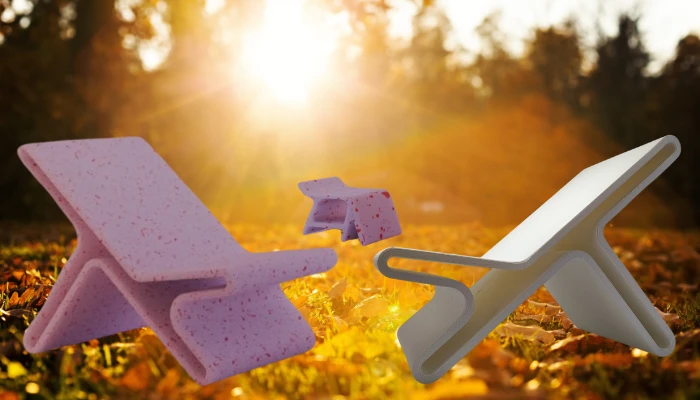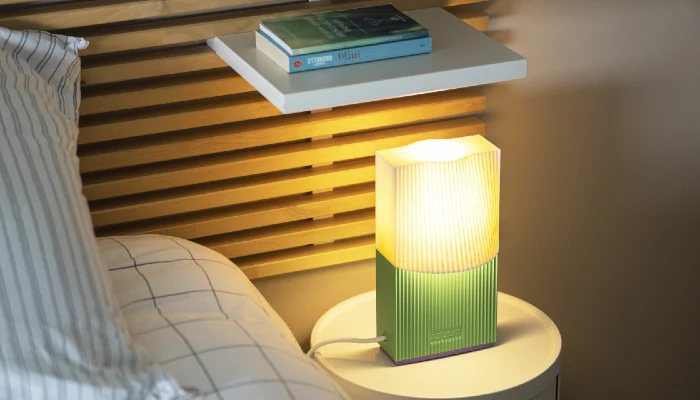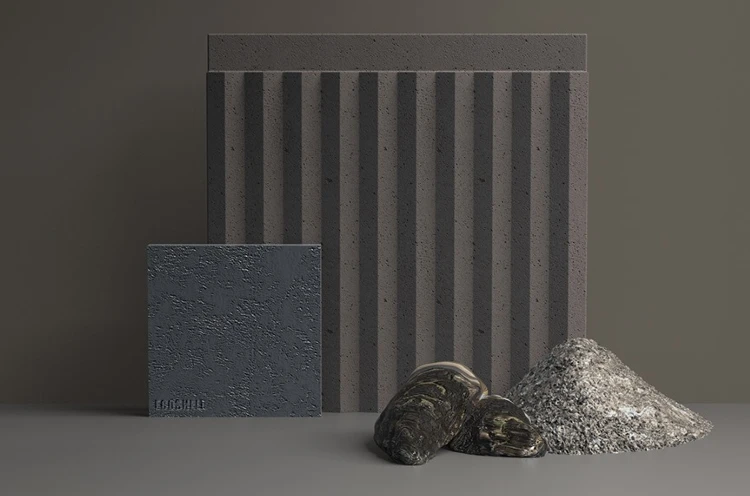Food waste is a massive environmental issue, even for items that eventually biodegrade.
Orange peels, for example, are usually discarded after juicing or snacking, contributing to growing landfill waste and water pollution.
British-Indian designer Alkesh Parmar has taken this often-overlooked material and turned it into something remarkable: a spherical pendant lamp that embodies both sustainability and artistry.
APeel: Transforming Citrus Waste
At the heart of this innovation is APeel, a patent-pending process that repurposes citrus peels into a leather-like material.
When dried, orange peels become surprisingly pliable and durable, making them an ideal fabric-like resource. By stitching these pieces together, the resulting material is strong enough to create products like pendant lamps.
The lamp itself mirrors the glowing warmth of the sun, with its spherical design resembling a ripe orange. Its surface is textured with the unique pattern of sewn citrus peels, inviting viewers to engage with it both visually and physically.
Why Orange Peels?
Orange peels, like most food waste, typically end up as garbage despite their biodegradability. Improper disposal can clog waterways and add to environmental pollution.
While their oils are often used for fragrances, the peels themselves have limited reuse. And let’s be honest, very few orange peels are repurposed for their oils. I don’t know anyone who doesn’t just toss the peel in the trash.
APeel offers a fresh approach, turning this abundant waste into functional, visually striking materials.
Citrus peels also have varying properties depending on the fruit, but orange peels excel in creating fabric-like textures. This innovation highlights their potential beyond traditional uses, proving they can be both practical and beautiful.
A Circular Economy in Action
The APeel lamp isn’t just biodegradable—it’s designed to support a circular economy.
Once the lamp reaches the end of its life, it can decompose naturally and be used as fertilizer to grow new fruit trees. This closed-loop cycle minimizes waste and ensures the material continues to benefit the environment.
See The Process For Yourself
Merging Craftsmanship and Sustainability
Parmar’s creation goes beyond functionality. It merges handcrafted design with eco-conscious innovation, challenging how we think about waste. The glowing orange lamp is a statement piece that is designed to get noticed. It combines sustainability with aesthetics in a way that sparks conversation.

Why This Matters
Globally, food waste accounts for 8-10% of greenhouse gas emissions, and fruit skins make up a significant portion of this problem. By transforming something as simple as an orange peel into a durable, artistic product, APeel shows us the potential of sustainable design.
Even small, everyday waste items can have a second life when paired with creativity and thoughtful processes.
More To Discover
- Chipotle’s Investment in Cutting-Edge Agriculture and Fertilizer Tech Aims to Shed Greenwash Shadow
- Turning Crop Residue into Sustainable Packaging: The Craste Story
- America’s New Vault: Preserving the DNA of At-Risk Species
- Mystery Solved: Floating Object off Washington Coast Revealed as Renewable Energy Prototype
Designer: Alkesh Parmar
Alkesh Parmar, founder of Studio Arp, is a London-based designer and researcher who graduated from the Royal College of Art with a Master’s in Design Art. He has been pioneering the use of local waste material for 15 years.
Alkesh is also an Associate Lecturer at the University for the Creative Arts.


